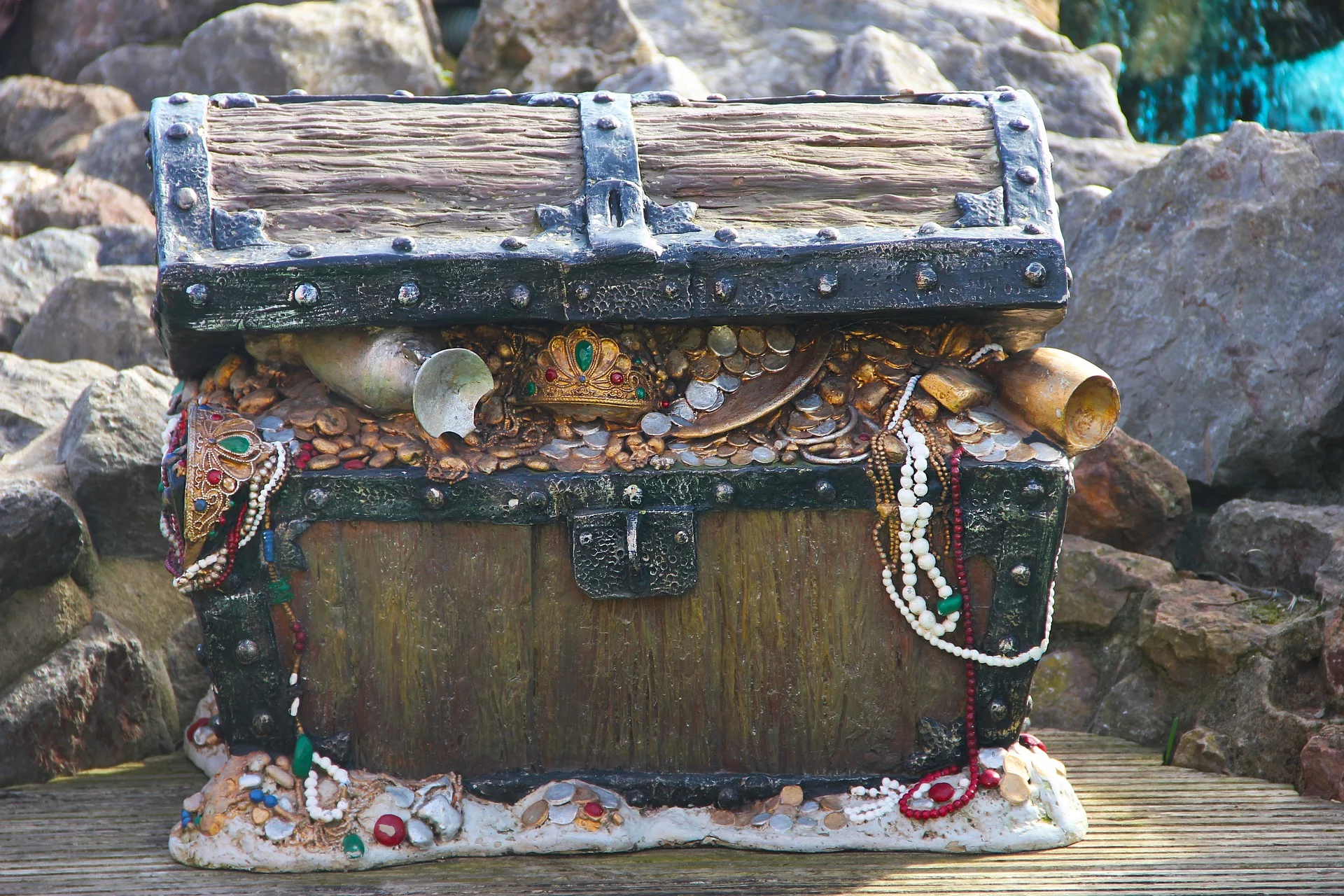Discovery always causes sensation. This is even more sensational when it is a valuable treasure. We have searched and combined 10 most incredible recent treasures found around the world which are worth millions of dollars; some by professional treasure hunters, others by lucky individuals while doing ordinary things.
Have you ever thought that maybe you could be the next person to discover a treasure? Get inspired by these people; you may have a treasure in your backyard waiting for you right now. Perhaps the next time you’re on vacation, go diving or working on your yard you may stumble on a precious treasure.
In this post, you will learn about 10 of the world most valuable treasures recently found around the world.
- Mystery Civilization Atrtefacts
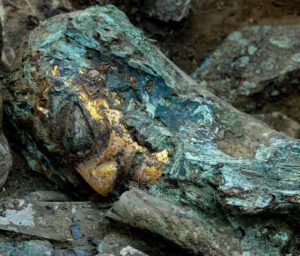
- Tomb Artefacts NW China
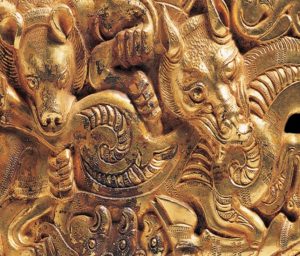
- Zhou Dynasty Gold Relics
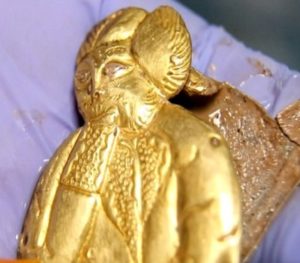
- Denmark Iron Age Gold Hoard
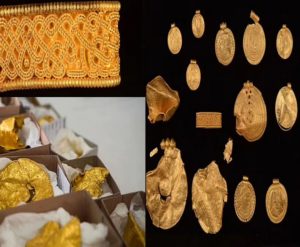
- Ancient Sunken City Thonis-Heracleion
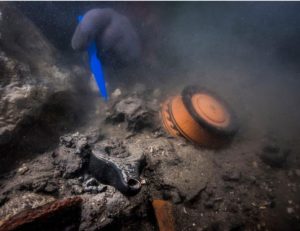
- Gold from the Fall of the Roman Empire
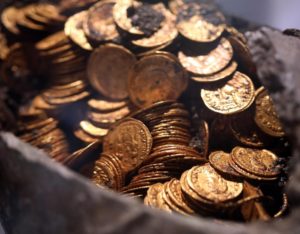
- Golden Sun Bowl
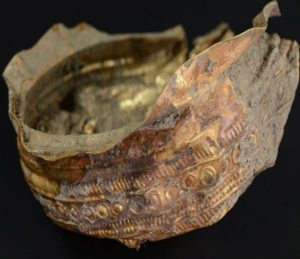
- Israeli Waters Reveals Treasures
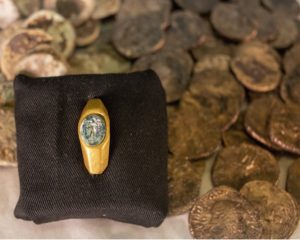
- 500-Year-Old Shipwreck
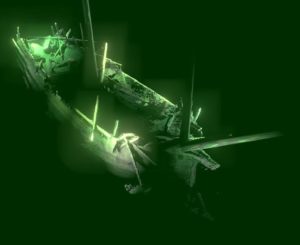
- Santa Margarita Gold Chalice
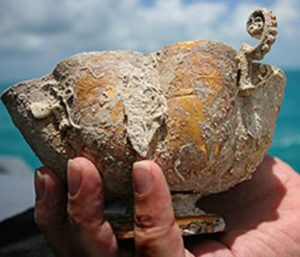
Please comment and share the article with your friends or on your social media page to support us.

